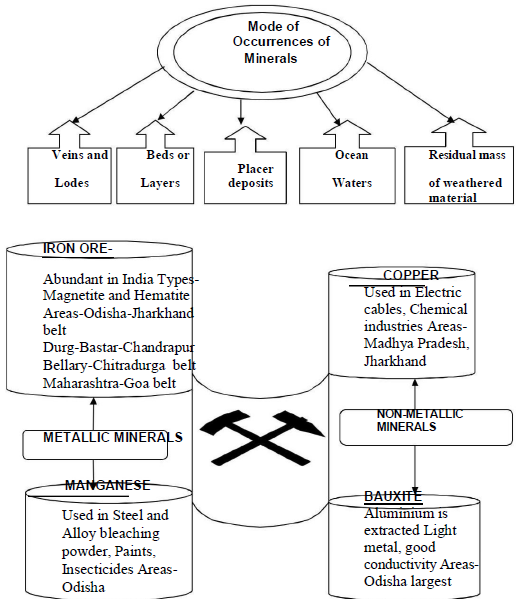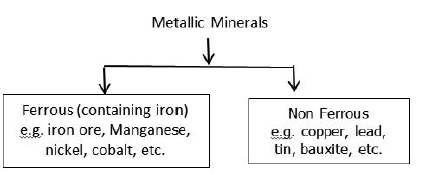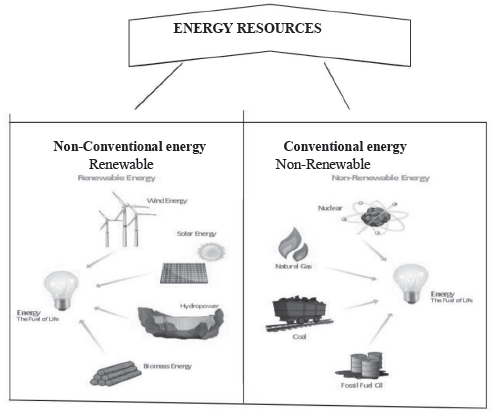Please refer to the Minerals and Energy Resources Notes Class 10 Social Science given below. These revision notes have been designed as per the latest NCERT, CBSE, and KVS books issued for the current academic year. Students will be able to understand the entire chapter in your class 10th Social Science book. We have provided chapter-wise Notes for Class 10 Social Science as per the latest examination pattern.
Revision Notes Chapter 5 Minerals and Energy Resources Class 10 Social Science
Students of Class 10 Social Science will be able to revise the entire chapter and also learn all important concepts based on the topic-wise notes given below. Our best teachers for Grade 10 have prepared these to help you get better marks in upcoming examinations. These revision notes cover all important topics given in this chapter.



Key concepts –
Placer deposits – Minerals that occur as alluvial fans in sands of valley floors, and the base of hills.
Rat-hole Mining – In the tribal areas of North-East India mining is carried out by individuals or communities illegally. The mining is done in the form of a long narrow tunnel known as Rat hole mmmg.
Magnetite – It is the finest iron ore with a very high content of iron up to 70%. It has excellent magnetic qualities, especially valuable in the electrical industry.
Hematite ore – It has slightly lower iron content than magnetite-50-60%
Question and Answers
Question. What are Geo-thermal Energy? Which are the two experimental projects of geothermal energy in India?
Ans.
- Geo-thermal energy refers to the heat and electricity produced by using the heat from the interior of the earth
- Parvati Valley near Manikam in Himachal Pradesh
- Puga valley in Ladakh
Question. Why does solar energy in Rajasthan have great potential as non -conventional source of energy?
Ans.
- Hot and dry region
- Clear sky almost whole year
- Cheaper installation
- Renewable and pollution free energy source.
- Government motivation
Question. Write two uses of Mica and also areas famous for mica deposits.
Ans. Used in electric and electronic industries. Areas-
(a) Gaya-Hazaribagh in Jharkhand, and
(b)Ajmer and Beawar in Rajasthan
Question. Give three reasons in favour of the use of “Atomic energy”.
Ans.
- Coal and natural oil are exhaustible.
- Abundant deposits of uranium and thorium in India
- Most developed countries are utilizing this energy successfully
- It can be useful in fields of medicines and agriculture
- Hydel energy is not satisfactory due to environmental issues.
Question. How can we conserve energy resources in India? Explain Using public transpott instead of individual vehicles.
Ans.
- Switching of electricity when not in use.
- Using power saving devices.
- Use of non-conventional source of energy as they are renewable and eco- friendly.
- In automobiles electrical motors should be introduced.
- Intensified exploration and research of new sources of energy.
Question. What are three types of Coal? Write one difference of each type of coal?
Ans.
- Lignite coal – low grade brown coal soft with high moisture content. Found in Nevyeli (T.N)
- Bituminous Coal – It contains 60-80% of carbon content.
- Anthracite – Best quality, contains more than 80% of carbon content.
Question. Why mining activity is often called a “Killer Industry”. Give three reasons.
Ans.
- High risk involved
- Due to poisonous fumes, mines are vulnerable to workers for pulmonary diseases.
- Risk of collapsing mines roofs, and fires in coal mines.
- Water sources get contaminated.



